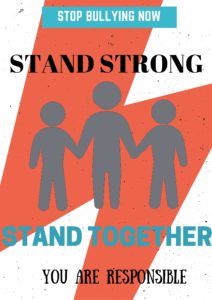Even just 10 years ago we could see the pope as more of a symbolic idea rather than a person. While the older media avenues has used the pope as a private catalyst to represent the evolving Catholic religion we see a great shift in this traditional interpretation of what being pope means. Today the pope of the Catholic Church is reaching more people than ever. Utilizing the evolving technologies of our time, we see the pope reaching newer and younger audiences.
The face of Catholicism is shifting in thought due to both the pope’s leadership and the message conveyed through public relations. Becoming more liberal and mobile than pope’s past, this religion has intentions to strengthen the faith in current followers and develop it in the younger population. While being connected it is extraordinarily easier to convey a humble and sincere message rather than reading a delayed version in the next day’s paper. This is the heart of how we see a given news source as “myth.”
According Jack Lule’s work, “News as Myth,” the media perpetrates a certain narrative when telling a story idealized for a particular civic group rather than us as individuals or an audience. We can also see how viewing the media and news as “myth” is often subjective to the reader at hand. With the increase in split views and biases in our media formats it seems that everyone has a story to tell, but who are we to believe anymore? With more denigration of media formats between the pope and the people we can have a better picture of what the real meanings and intentions are through an individual or an organization’s words or actions. The Catholic Church in many ways screens and scripts certain messages by the pope, but with an increase in media bias with contrasting or bipartisan voices, a stronger connection between the messenger and the receiver can occur limiting a sense of myth. The family unit is the product of the social environment and the policies that define it. Having a better understanding of what directly effects our social environment can allow us to think more critically of the policies that result and incite change. While widespread media has an influential bias when discussing the inter-working of the pope’s influential workings, we can limit the misinterpretation and assumptions by examining primary and public resources that are now easily accessible.


Recent Comments